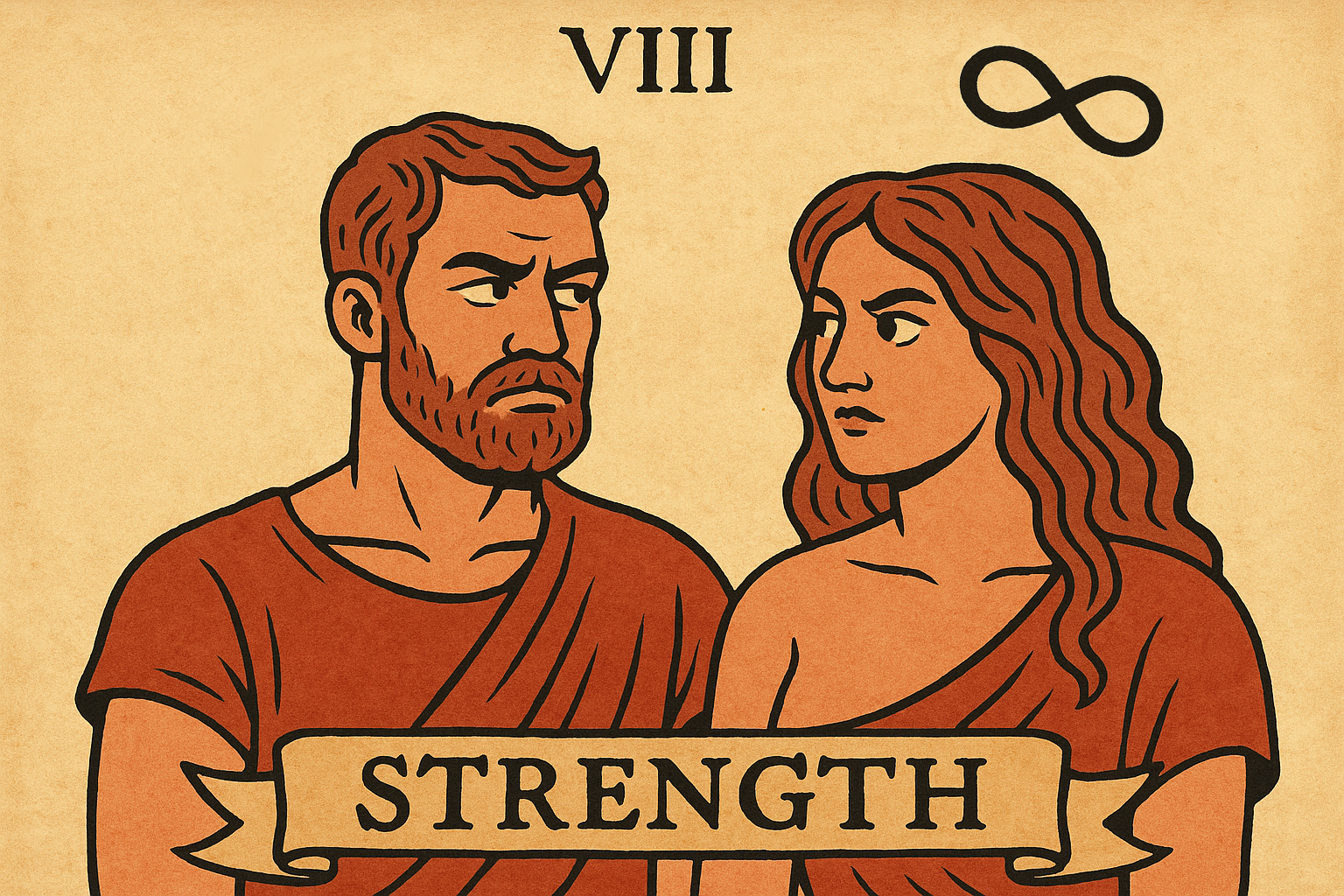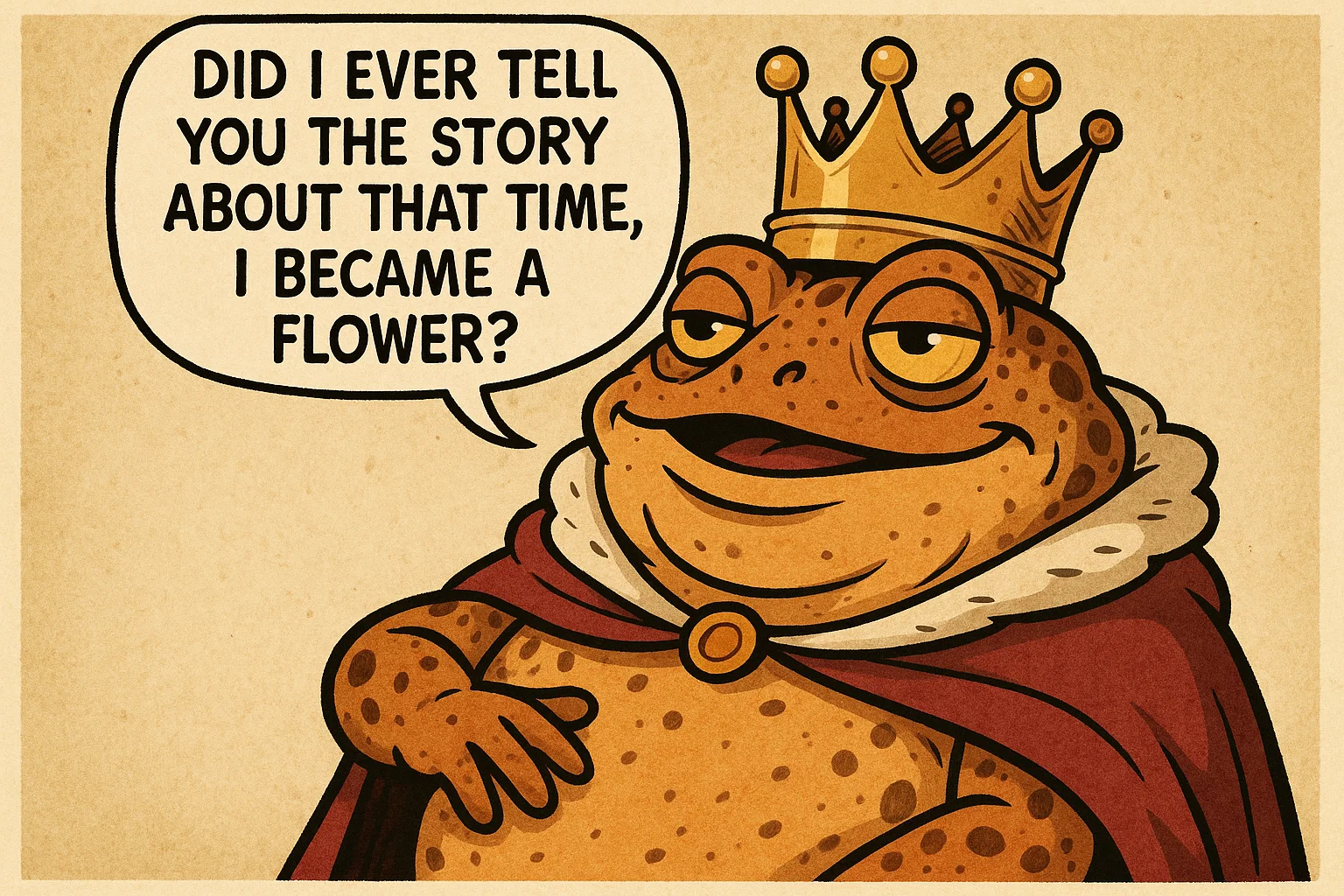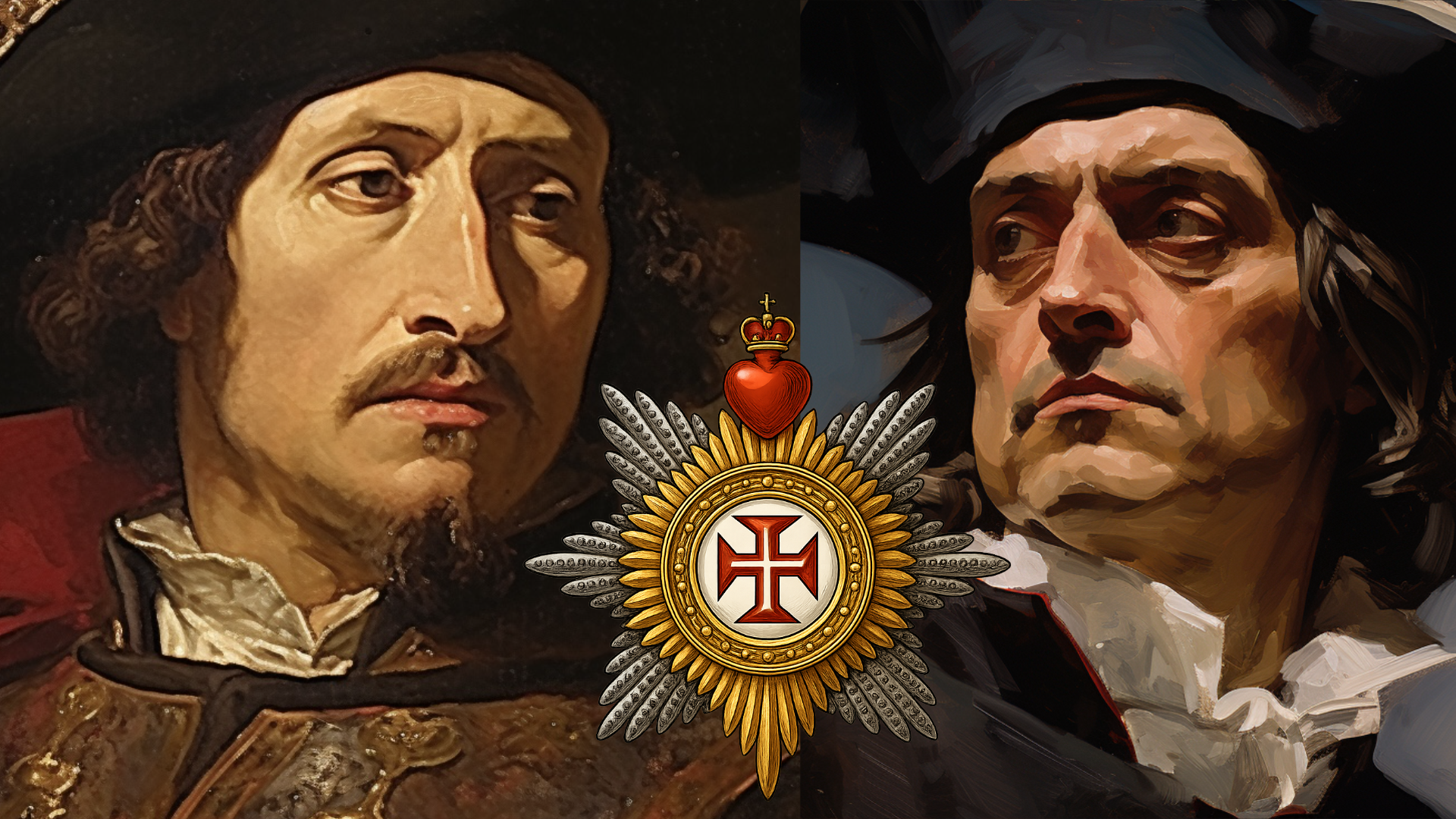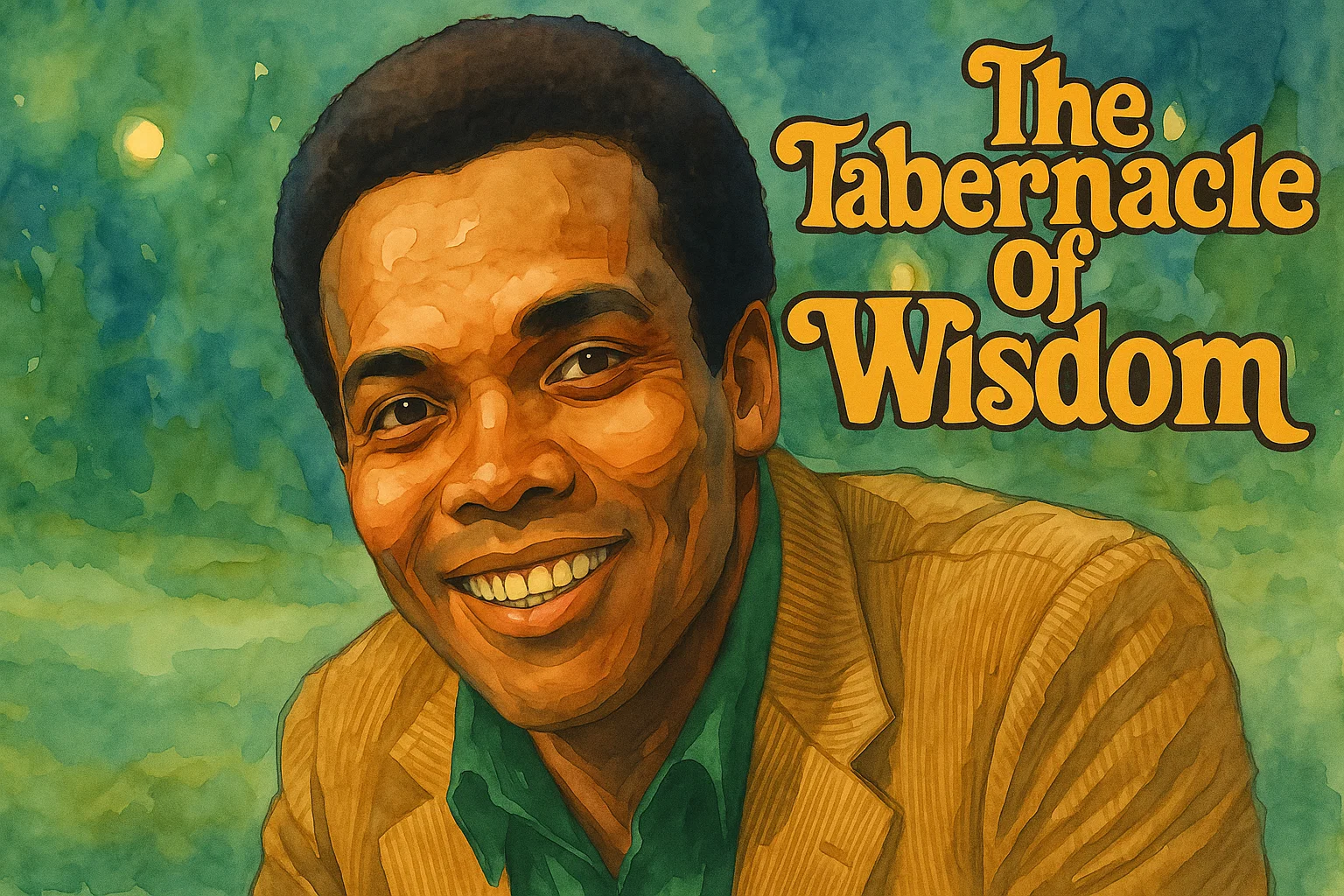http://img.pingcognito.com/post/58257/52857.mp3 Listen to NotebookLM gossip about this article The concept of the “Tabernacle of Wisdom” is a central element in Jane Lead’s prophetic vision, representing a spiritual reality rather than a physical structure. It symbolizes a community of transformed individuals, the “living stones” and “fixed oracles,” united in their devotion…
Author: pingcognito

Unveiling “17 Tech-Magic”: A Strategic Art of Societal Evolution
“17 tech-magic,” a core concept articulated by , describes a sophisticated strategic approach to psychological warfare and societal evolution that leverages manufactured controversies to achieve ultimate transparency and harmony over time. Far from mere chaos, it is presented as a purposeful mechanism orchestrated by highly intelligent individuals, whom Marie-Lynn affectionately…

The Frog and the Crown: How the Merovingians Became the Fleur-de-Lys
From Richard Glenn to the Kings of Plus Ultra, the true memory of the Intra-Terrestrials lives on. https://img.pingcognito.com/post/62206/62206.mp3 Listen to the NotebookLM podcast discussing this article I grew up watching . Not the second version — the first one. The one who spoke without a filter, on late-night Quebec television,…
What the “1337 P3D0” temporary reality is meant to hide…
Our sensitive content is only available to Patrons!To view this content, you must be a member of Pingcognito Patreon at $5 or more Unlock with PatreonAlready a qualifying Patreon member? Refresh to access this content.

The Order of the Knights of Our Lord Jesus Christ
A Living Legacy of Sacred Exploration Introduction The Order of the Knights of Our Lord Jesus Christ—commonly known as the Order of Christ—is a Portuguese honorific order whose origins trace back to the spiritual embers of the Knights Templar. Officially established in 1319, the Order served as a reconstitution of…
